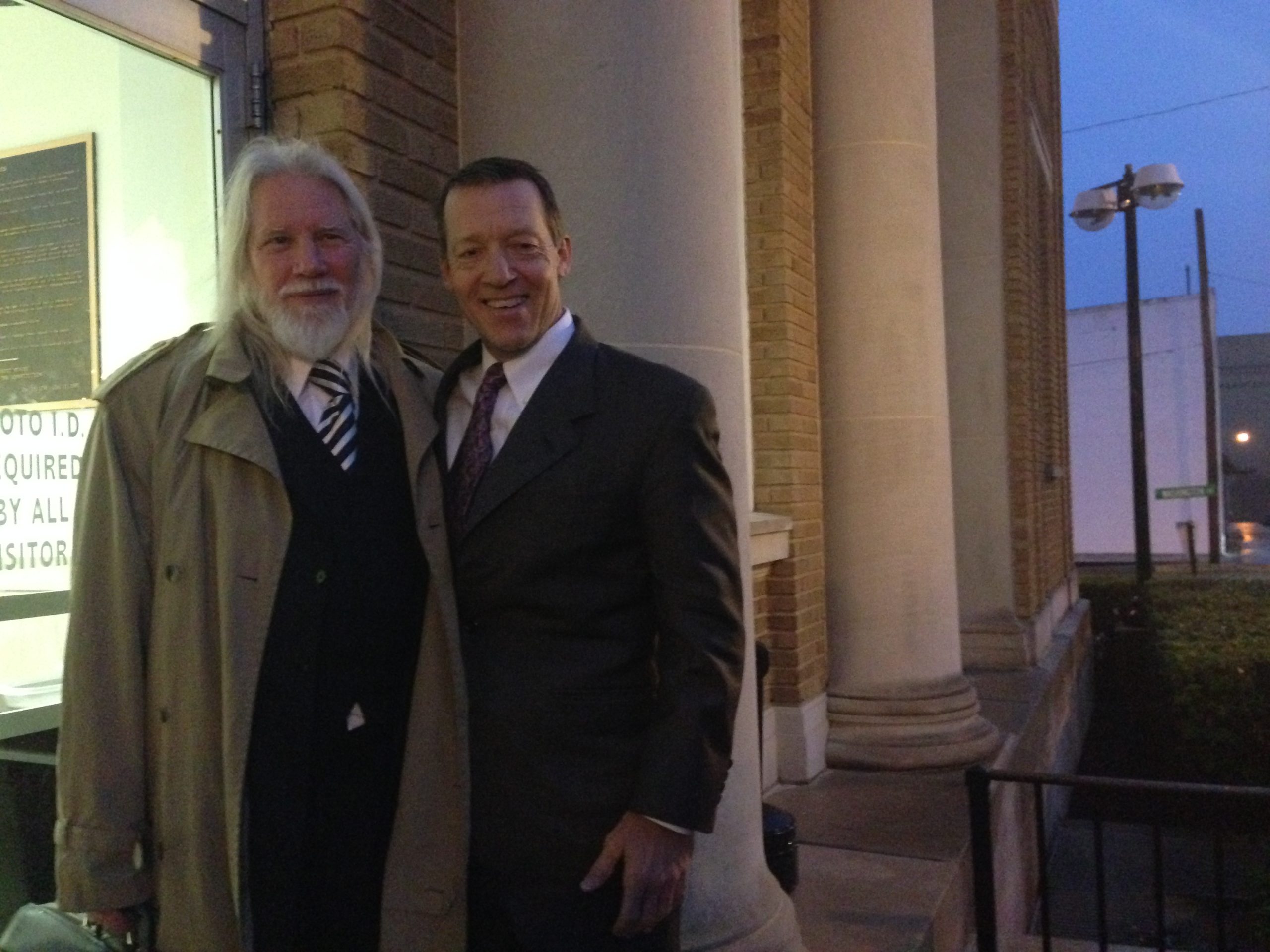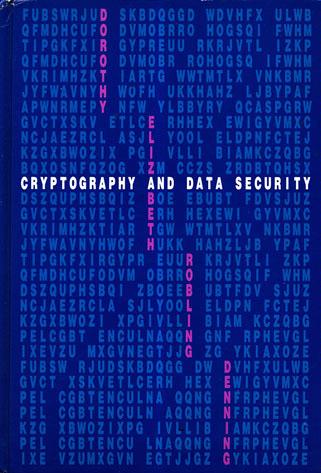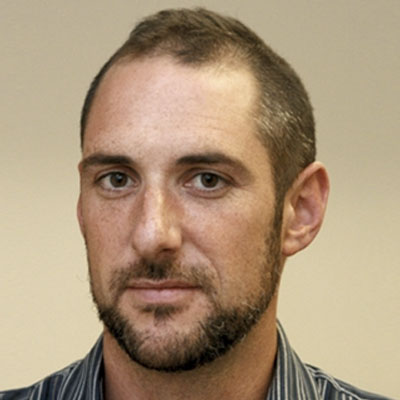That meant Lotus Notes had been "offered for sale" even though Lotus Notes wasn't actually shipped to the public until December 1989. Paying for something before you get it isn't unusual, he reminded jurors.
"This happens in commerce all the time," he said. "You can go to a car dealer, and you look around the lot... but you don't like any exact one that's there. You give the salesman a list of the features you want, and you pay for the car. They send word off to Detroit, and Dearborn builds it for you, and a few weeks later, your car shows up, and you drive it away."
Diffie's testimony went on some time, but he seemed to have the jury in the palm of his hand. A few jurors laughed at his jokes and smiled, and the more serious ones were certainly focused on his testimony. After about two hours, Albright passed the witness.
A stunning attack
One might imagine an opposing attorney would handle a famous witness, who had just connected with the jury, carefully. TQP lawyer Marc Fenster could have acknowledged Diffie's accomplishments while arguing that his client—an admittedly little guy—still should get his rights, his little piece of "intellectual property."
That's not what Fenster did. He went on the attack.
"You never completed a master's degree, correct?" he asked Diffie.
"That's correct," said Diffie.
"Other than the honorary degree, you don't have an earned doctorate or Ph.D. correct?"
"That is correct," said Diffie.
And even though he taught a few courses, "you never had a real professorship, correct?" asked Fenster.
"I never had a full-time academic job, no."
Fenster noted that while Diffie was testifying in court for the first time, he had other expert witness work lined up. His rate varies from $500 to $600 per hour, and it's $700 for testifying in court.
"Your agent helps you to get expert witness jobs, is that right?"
"Actually, no," said Diffie. "My agent handles the arrangements with my clients. All of the jobs have come in directly through me."
Then Fenster mounted an even more surprising strategy: he pursued a line of questioning suggesting that it was Diffie who was being misleading about his own invention.
"Dr. Diffie, you agree that you can still be an inventor on a patent even though others may have invented the same thing earlier but kept their invention secret, correct?" asked Fenster.
"Under some circumstances, yes," answered Diffie.
"In fact, Dr. Diffie, you have some personal experience with this particular aspect of the patent law, don't you?"
"You'll have to remind me," answered Diffie.
Then Fenster dropped this bombshell: "Dr. Diffie, you were not the first to invent public key cryptography, were you?"
"I believe that I may have been," said Diffie, speaking cautiously. "But perhaps you could be more specific?"
"In fact, a gentleman named James Ellis in England invented it before you, right?"
Diffie sighed. He seemed, suddenly, almost tired. He had heard this one before. "I spent a lot of time talking to James Ellis, and I can't figure it out," he said. "James Ellis did very fine work."
Fenster pulled up the history website for the Institute of Electrical and Electronics Engineers, a page that displayed "milestones" in engineering dating back to 1800. The page showed James Ellis, not Diffie, as the inventor of public-key cryptography. Ellis made the breakthrough at the British GCHQ intelligence agency but kept it secret. With these discoveries, the essential principles were known but "were kept secret until 1997," stated the IEEE page.
"It describes this invention as being accomplished by James Ellis in Britain's government, correct?" asked Fenster.
"It does."
"And it does not list you as the inventor or credit you with the invention of public key cryptography, correct?"
"Correct."
The article described Ellis as inventing public key cryptography in 1969 but keeping it confidential until 1997.
"Let's read together," said Fenster. Reading the website, he intoned: "All of the essentials of public key cryptography had been discovered by Ellis and two others by 1975."
"That's what it says," said Diffie.
"And by that time, the public recognition of the invention of public key cryptography had been allocated to the researchers at Stanford and MIT—correct?"
"That's what it says."
"So, in fact, according to the IEEE, someone else invented public key cryptography before you, correct?"
"I disagree," said Diffie. "Ellis' paper is in no sense enabling. [His partner] Malcolm Williamson's paper enables Diffie-Hellman, and it was an internal secret note written two months after I presented that at the largest computer conference in the world."
Diffie said he sought out those three inventors himself and talked to them "extensively" about their work. He started those discussions in 1982, and they continue to the present.
"Dr. Diffie, you were entitled to your patent because the alleged prior inventor kept it secret, right?"
"The alleged prior inventors not only kept it secret but did very little with it," said Diffie. "In James Ellis' words to me: 'You did a lot more with it than we did.'"
If Fenster wanted to talk about other claims to the public-key crypto breakthrough, Diffie seemed suddenly happy to help him out. He started bringing out his own examples.
"When the director of NSA spoke to Congress, in about 1977, he rather perversely made the claim that NSA had invented these things a decade earlier," said Diffie. "Both the time and the credit seem a little bit off. But there was a steady sort of attempt to claim credit for this, without releasing documents, until 1997."
After Fenster finished, Albright went back to the podium and gave Diffie a chance to regroup and explain. In the US National Inventors' Hall of Fame, Albright pointed out, it was Diffie who was credited with the invention.
"Would you explain to the jury why it is that you represented to them here in open court under oath that you were the inventor?"
"I've studied this with some care," said Diffie. He continued:
The short answer would be that James Ellis' work in 1969 and 1970 certainly does not teach the methods. Personally, I find that paper incomprehensible. I'm not clear how anybody became convinced of anything from it.
Williamson wrote a paper—an internal, secret paper at GCHQ that is dated the eighth of August, 1976, or close to that—two months after I presented the Diffie-Hellman key exchange at the National Computer Conference in New York.
My view is that they did very fine work. I think my conception of public key was clearer than James Ellis'. But every time we have been given awards on this, I have cited those people and praised them for the work they did.
By the time Diffie finished testifying, it was near the end of the day. Then came another stunner: Newegg rested its case. It did so without putting on its expert witness to rebut TQP's $5.1 million damage claim—even though documents in the court docket clearly indicate the company had such a witness.
Defendants put on damage experts as a matter of course in patent cases, so not doing so here is a huge bet. It suggests Newegg is hoping strongly enough for a straight win that it believes more focus on damages would be counterproductive.
TQP's final witness, Dr. Tom Rhyne, is an expert to rebut Diffie. His testimony will continue to Monday and will be followed by closing arguments. After that, the fate of Newegg and the Jones patent will be in the hands of the jury. A verdict could come by Monday evening.



 Loading comments...
Loading comments...
